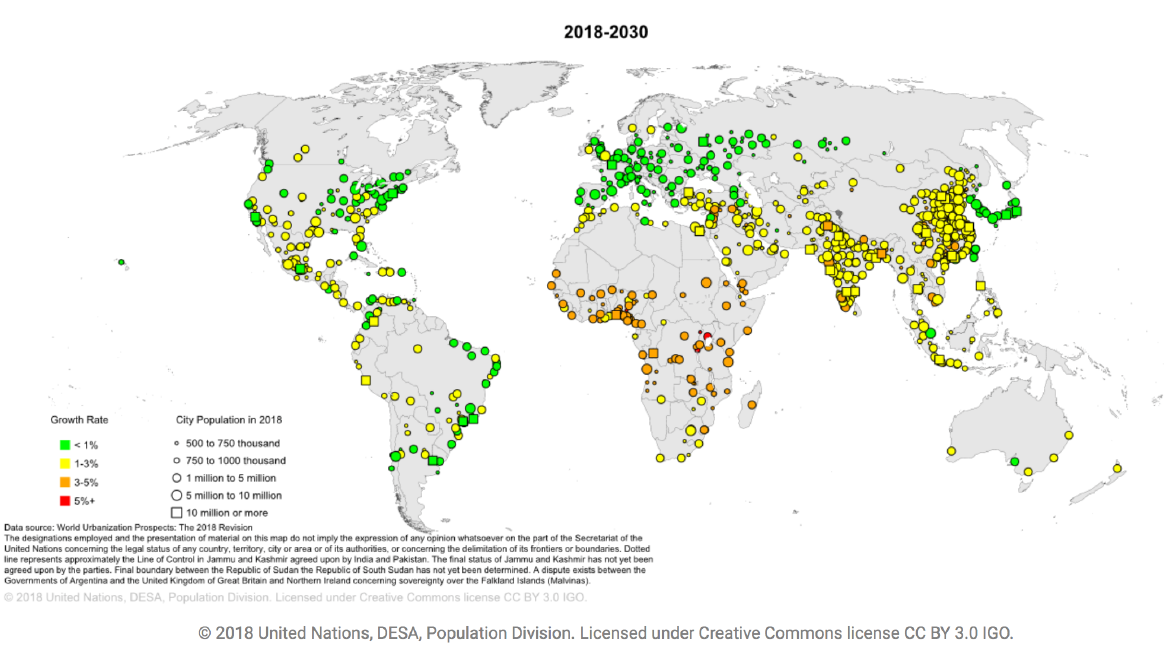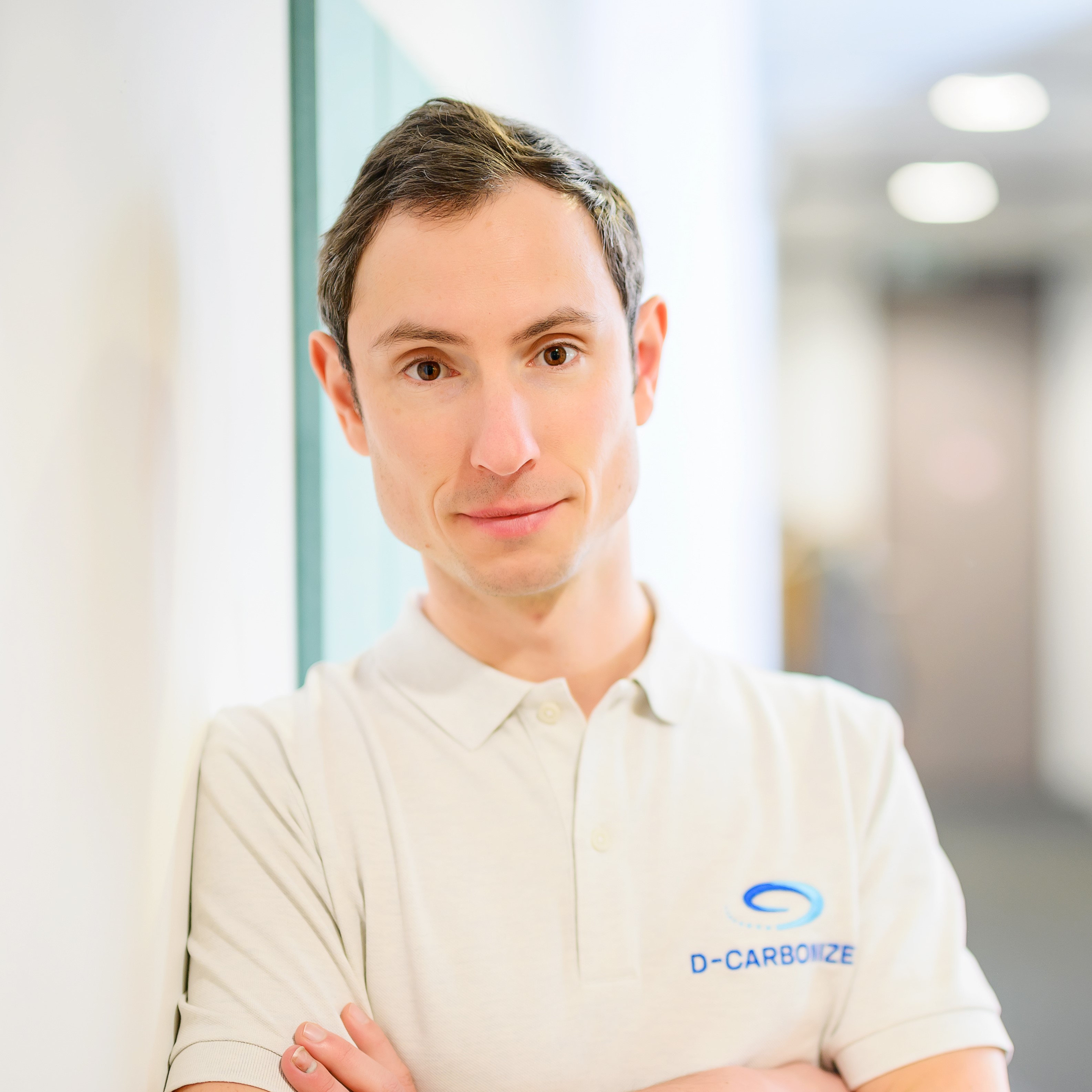This article is the first of a series dedicated to smart mobility and cities. Through these readings, I propose a comprehensive approach to decipher the future urban challenges that smart cities and mobility will have to face for a better, safer and more sustainable future for all of us.

The heart of a city is the people living in it. With exponential global population growth and the convergence of people towards urban areas, there is an urgent need to take action today to ensure our cities will be able to offer the quality of life we can expect for us and our descendants. Therefore, being smart has never been as much important for cities (and people) as before to support their expansion.
Rome was the first megacity

During the Emperor Augustus era, Rome was the first megacity in the world with more than 4 million people. Now in 2019, we are over 7.5 billion people living on Earth with 33 megacities (projected to grow to 43 by 2030). for this series, megacity is defined as an urban area where there are more than 10 million inhabitants.
In 2050, we will be 10 billion people on Earth
According to the UN, by 2050 we will be around 10 billion people with a median age of 36 years old and a fertility rate of 2.24 children/household.


We are already above the 70% urbanisation rate supposed to happen by 2050
There is one myth about urbanisation I would like to kill before you keep reading: We are already above the 70% urbanisation rate supposed to happen by 2050 according to the UN. In 2017, the US, Canada, France, Australia and many other countries were already above 80%! What drives the UN scenario down is the urbanisation rate in Africa and certainly in Asia.
The need to develop smart solutions for our future megacities is not centred around proposing impressive services like in science fiction movies, but rather a necessity to improve people’s life.

The main drivers pushing people to leave rural environments for cities are the desire for a better life and higher standards of living, the search for more jobs, and the availability of a better education system.
Shenzhen had 3,000 people in 1950. Today, there are 12.5 million inhabitants
In some cases, this dynamic can massively change an entire region such as Shenzhen, China, where the village of 3,148 inhabitants in 1950 has been transformed into a megacity with more than 12.5 million people in 2019.



In 2050, the land available per person in developed countries will halve
This massive flow of people generates new global challenges such as:
– Increased poverty, leading to an opposite effect to the original objective of improving one’s lifestyle. This situation raises another question: Is Urban Poverty preferable to Rural Poverty?;
– Pressure on land and housing due to the global population growth rate leading to an estimated 50% reduction of the land available per person in developed countries by 2050;
– Environmental issues such as pollution, noise, water supply or energy production;
– Public health concerns with high death rates, drug-resistant viruses and bacteria and new diseases.
1%/year is the current manageable city population growth rate
To limit these negative effects, cities must grow at a manageable rate (studies suggest 1%) in order to offer the appropriate infrastructures, transports and services. However, the UN forecasts for the next decade show that a majority of cities might grow faster than 1% per year.

There is an urgent need to act as a global citizen
We cannot simply forbid people from moving into a city or push them back to the countryside. Therefore, there is a call to action today to develop smart technologies to support cities in increasing their capacity to absorb incoming inhabitants and offer a decent quality of life to people as part of their expansion.
A smart city is only possible if its people are also smart
However, cities are not the only one to become smart, people should reflect it too. A smart city will only be possible if its inhabitants are acting responsibly and sustainably while using the technologies available around them. We are the engine of smartness, we are the main both enabler and barrier to the future we want to have for us and our descendants. It is time to act as global citizens and think about the repercussions of our actions. For example, we should swap our daily plastic bottle of water for lunch, that would probably end in a container to Malaysia or Philippines, to a reusable recipient. Yes, brilliant minds are working on the development of amazing smart technologies and public authorities are thinking about how to integrate these disruptive products and services in our daily life.
The technology will meet our expectations, but would it be the same for people?
But what is the point to have autonomous and electric vehicles on our street to decrease congestion and pollution if we still ride our car alone for unnecessary trips? Why would we want to build low carbon emission building if we still keep the A/C to 20 degrees during summer and have to wear a jacket when it’s 30 degrees outside? What is the added value of developing incredible communication systems to access even more knowledge and content if the only information that matters to us is who will be the winner of a reality show? There is no doubt the technology will meet our expectations and needs in the near future, but would it be the same for the people using it? In this period where we have already passed the always sooner Earth Overshooting day, it is time to think about being smart.
About Me
Frederic is a Consultant at Neckermann Strategic Advisors. He holds an MBA from Imperial College London Business School and a Master’s Degree in Business Engineering from UMons. He supports companies in understanding how the Mobility Revolution will change their business. Frederic is the co-author of multiple smart mobility research reports and one of the contributors to the Global New Mobility Coalition led by the World Economic Forum. He is also a mobility guest lecturer at Universities, a blogger @ Frederic-john.com and mentors mobility start-ups in London and Singapore. He is fluent in French and English and also speaks some Spanish and Dutch.
The views expressed in this article are personal and do not represent the opinion of my employer or any other parties I am involved with. The suggested insights come from my discussions, research and analyses.

